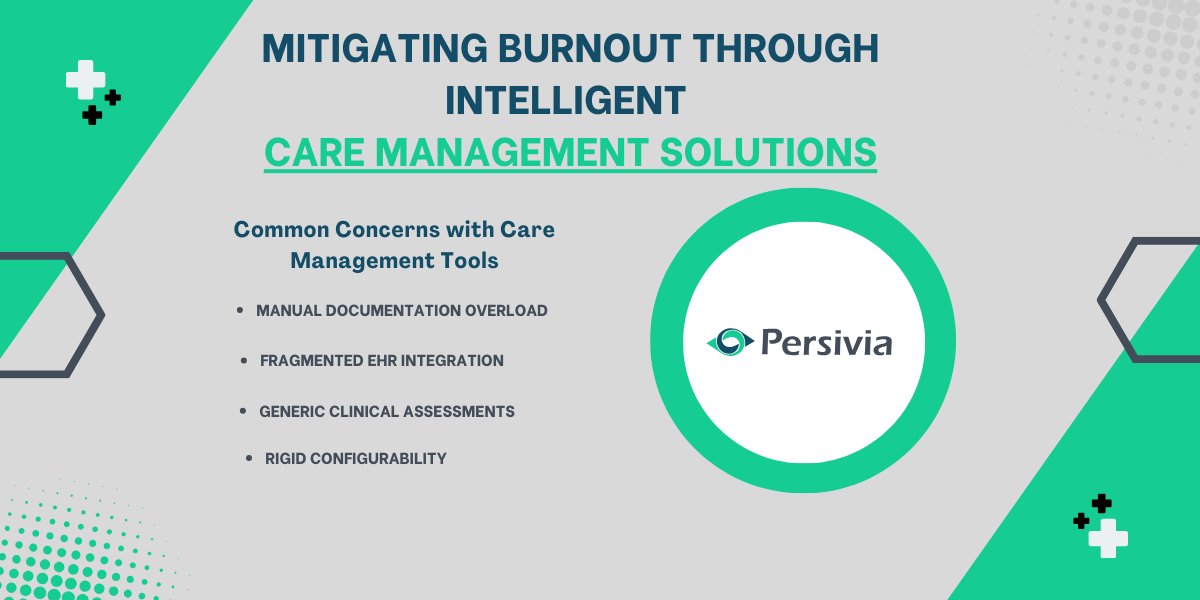
Tips for Optimizing Your Dynamics 365 Pricing and Subscription Costs
When it comes to Dynamics 365, the transformative CRM and ERP platform by Microsoft, the power it holds is undeniable. Yet, as with any great power, there comes a responsibility—particularly, the responsibility to ensure that every dollar spent on Dynamics 365 is a dollar well spent.
Imagine your business as a high-performance sports car. Dynamics 365 is a turbocharged engine, propelling you toward your goals faster than ever before. But here's the twist: even the most potent engine can guzzle fuel needlessly if you don't optimize your journey.
Today, we're embarking on a thrilling expedition into the world of Dynamics 365 pricing and subscription costs. It's a journey that holds the promise of unlocking incredible efficiency, achieving maximum ROI, and gaining a strategic edge in your market. In this blog, we'll unveil the secrets to mastering the art of cost optimization within the Dynamics 365 ecosystem.
So, why is this expedition worth your time? Picture this: you're standing at the edge of a vast treasure trove, but it's hidden beneath layers of complexity and uncertainty. This treasure represents your business's potential—unrealized until you learn how to navigate the pricing labyrinth of Dynamics 365.
Are you ready to dive into the world of Dynamics 365 pricing optimization? Buckle up, because this journey promises to be exhilarating, enlightening, and, most importantly, financially rewarding. Let's set sail into the world of Dynamics 365 cost optimization!
Tips for Optimizing Your Dynamics 365 Pricing Costs
Choose the Right Licensing Model
Dynamics 365 offers various licensing models tailored to different organizational needs. The two primary licensing models are:
Per User Licensing: This model charges a fee for each user who needs access to Dynamics 365. It's suitable for organizations where users have varying levels of interaction with the platform. For example, salespeople, customer service agents, and managers may all have different roles and usage requirements.
Per App Licensing: In this model, you pay based on the specific apps (e.g., Sales, Customer Service, Marketing) that users need. It's ideal when users have dedicated roles and primarily use one or a few specific apps within Dynamics 365.
The choice between these models depends on your organization's structure and user needs. Per user licensing is cost-effective for organizations with diverse user roles, while per app licensing suits those with specialized roles.
Select the Appropriate License Tiers
Dynamics 365 offers various pricing tiers, each with a different set of features and capabilities. Common tiers include:
Dynamics 365 Business Central: Designed for small and mid-sized businesses, it offers core ERP and CRM functionalities.
Dynamics 365 Enterprise: Aimed at larger organizations, it provides advanced CRM and ERP capabilities, including Sales, Customer Service, Finance, and more.
Dynamics 365 Customer Engagement: Focused on customer-facing functionalities like Sales, Customer Service, and Marketing.
Choosing the right tier depends on your organization's size and specific needs. Consider your business goals and which features align with them. Smaller businesses may benefit from Business Central, while larger enterprises might require the comprehensive offerings of the Enterprise tier.
Consider Module and Add-On Costs
Dynamics 365 allows you to add modules and features as needed to meet your unique requirements.
Evaluate which modules and add-ons are essential for your business processes. For example, if you need advanced analytics, consider Power BI integration. Ensure that you're not paying for features you won't use.
Take Advantage of Subscription Discounts
Microsoft often offers discounts for longer subscription commitments, such as annual vs. monthly billing. Negotiation with Microsoft can yield better pricing. It's worth discussing your organization's needs with a Microsoft dynamics consultant to explore available discounts or special arrangements.
Monitor and Optimize Usage
Regularly monitor how your users are interacting with Dynamics 365. This data can help identify underutilized features or users. Utilize built-in analytics tools or third-party applications to gain insights into user behavior and identify areas for optimization.
Reduce User Licenses for Inactive Users
Inactive users can be a hidden cost. Identify users who no longer need access or can use a lower-cost license. Implement user management best practices, such as deactivating accounts when employees leave or reassigning licenses when roles change.
Evaluate Third-Party Solutions
Explore third-party solutions and integrations that complement Dynamics 365. For example, consider integrations with marketing automation platforms or data analytics tools. Research and select solutions that align with your specific cost optimization goals and business processes.
By following these strategies, organizations can not only effectively manage their Dynamics 365 pricing and subscription costs but also ensure that they are maximizing the value derived from their investment in this powerful platform.
Mastering Dynamics 365 Cost Optimization
In our journey through the intricacies of Dynamics 365 pricing and subscription costs, we've uncovered a treasure trove of insights and strategies that can profoundly impact your organization's financial health and operational efficiency. Here are the key takeaways:
Choose Wisely: The licensing model you select—whether per user or per app—should align with your organization's unique needs and user roles. Make an informed choice to avoid unnecessary costs.
Tier Tailoring: Opt for the Dynamics 365 pricing tier that best matches your organization's size and requirements. Smaller businesses may find value in Business Central, while enterprises benefit from the comprehensive features of the Enterprise tier.
Modular Precision: Evaluate modules and add-ons carefully, ensuring that you invest only in those that directly support your business processes. Don't pay for features you won't use.
Savings through Commitment: Leverage discounts by committing to longer subscription periods, and don't hesitate to negotiate with Microsoft representatives to secure the best pricing for your organization.
Continuous Vigilance: Monitor your Dynamics 365 usage diligently. Identify underutilized features and users to streamline costs and improve efficiency.
Prune Inactive Users: Inactive users can be a silent cost drain. Implement effective user management practices to remove or downgrade licenses when necessary.
Third-Party Synergy: Explore third-party solutions and integrations that can further enhance your Dynamics 365 experience while optimizing costs.
Now, armed with these insights, it's time for you to take proactive steps toward optimizing your Dynamics 365 pricing and subscription costs. The potential for increased efficiency, heightened ROI, and a strategic advantage in your market awaits those who embrace this journey.
Remember, cost optimization isn't a one-time endeavor; it's an ongoing process. Regularly review your Dynamics 365 usage, reassess your licensing needs, and adapt as your organization evolves. By doing so, you'll harness the full potential of this powerful platform while ensuring your investment remains a source of endless value.
As you embark on this cost optimization adventure, seize every opportunity to transform your Dynamics 365 investment into a beacon of financial prudence and operational excellence. Your organization's success is on the horizon, and it starts with mastering the art of Dynamics 365 cost optimization.

Law Firm Management: How Technology is Driving Efficiency

Most Popular Social Networks: Dominating Online Platform







